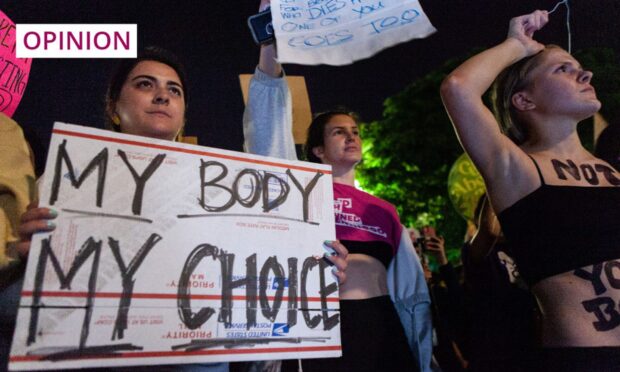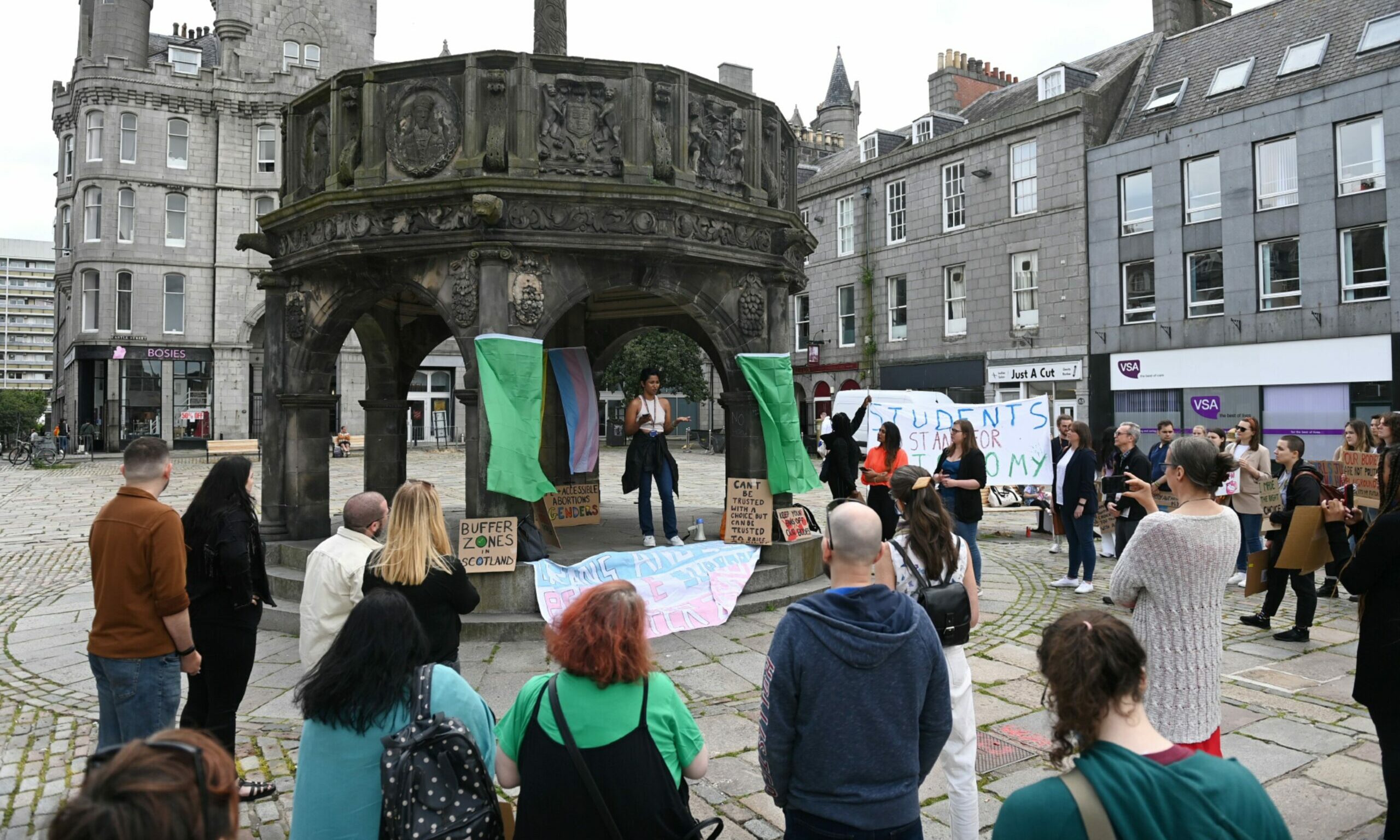In June 2022, like many feminists, I was horrified by the US Supreme Court’s decision to overturn Roe v Wade – a ruling that had established abortion as a right in America.
This led me to reflect on the situation in Scotland, where the presence of anti-abortion protesters, adopting increasingly Americanised tactics, had begun to unsettle me. These tactics included the use of voice amplification systems and filming people entering clinics.
Concerned by this climate, I delved into Scotland’s legal situation and discovered that we are governed by the Abortion Act 1967, which makes abortion mostly accessible, but only legal under specific circumstances and subject to the agreement of two doctors.
Believing that we deserve far better than gatekeeping and nearly 50-year-old laws, I decided to petition the Scottish parliament, and gained valuable insights through this process.
Initially, I used the change.org online petition platform, but I soon realised that the Scottish parliament primarily engages with petitions submitted through its own system. The petition committee either accepts or rejects petition requests and, fortunately, mine were accepted.
I was lucky to be offered support from someone experienced in successfully petitioning parliament, and learned the importance of being specific in petition requests. Thus, I petitioned parliament to “amend the law to fully decriminalise abortion services in Scotland and make provisions to ensure abortion services are available up to the 24th week of pregnancy across all parts of Scotland”.
In my petition, I decided to also address the issue of accessibility, after learning about individuals in Scotland having to travel to England for care.
I believe this issue often receives less attention due to people being squeamish and not understanding the reasons for later abortions. However, it is crucial to recognise that these are often the most heart-wrenching decisions for patients, many of whom are young women and girls, and/or survivors of abuse who were too young to understand what was happening to them.
Delay and loss of momentum were disappointing
While I submitted the petition in June, it was not published on the Scottish parliament’s website until nearly the end of September, possibly due to the summer recess. This delay was disappointing, as I felt a loss of momentum during a time when activists were particularly energised after the American Supreme Court ruling. Months later, it was harder to collect signatures, as abortion rights began to fall from the daily news cycle.
Despite this, there was a shocking Herald investigation into an anti-abortion organisation which was making visits to Scottish schools.
Outraged by this, I initiated another petition, asking the Scottish Government to update sexual health resources on abortion
A further follow-up investigation found that pupils who received a visit from this organisation were offered no pro-choice alternative views.
Humanists UK had previously released evidence that the organisation in question had told young people that abortion causes breast cancer and infertility. Outraged by this, I initiated another petition, asking the Scottish Government to update sexual health resources on abortion to include information debunking myths and disinformation.
Petitioning system isn’t perfect, but it is worth engaging with
After what felt like a prolonged period of collecting signatures, the petition committee considered my petitions on November 8 this year.
Through this process, I learned that the number of signatures, while not as crucial as one might think (for example, a petition with only nine signatures was considered on the same day as mine), can attract media attention.
Additionally, submissions to the committee are valuable, and reaching out for support can yield surprising allies. The Humanist Society Scotland and the British Pregnancy Advisory Service supported my petitions. However, several Christian groups, including the Catholic Bishops’ Conference of Scotland and the Free Church of Scotland decided to make submissions, urging the government to reject my petitions.
🧵 The Scottish government have committed to reviewing the law on abortion to ensure that it is first and foremost a healthcare matter rather than focussed on criminal law with intention of publishing potential proposals for reform before the end of the current parliament session
— Gemma Clark (@Gemma_clark14) November 8, 2023
On the day of the committee meeting, my petition to better educational resources was closed without mention of improving provision in Scotland. However, the committee received a late submission… from the Scottish Government itself, stating its commitment to reviewing abortion laws and ensuring that abortion services are treated primarily as a healthcare matter, not a criminal one.
Looking back to June 2022, I would have been delighted with this result on decriminalisation. Is the petitioning system in Scotland perfect? No. Do I think it is worth engaging with? Absolutely.
Gemma Clark is a teacher, campaigner and local radio presenter












Conversation